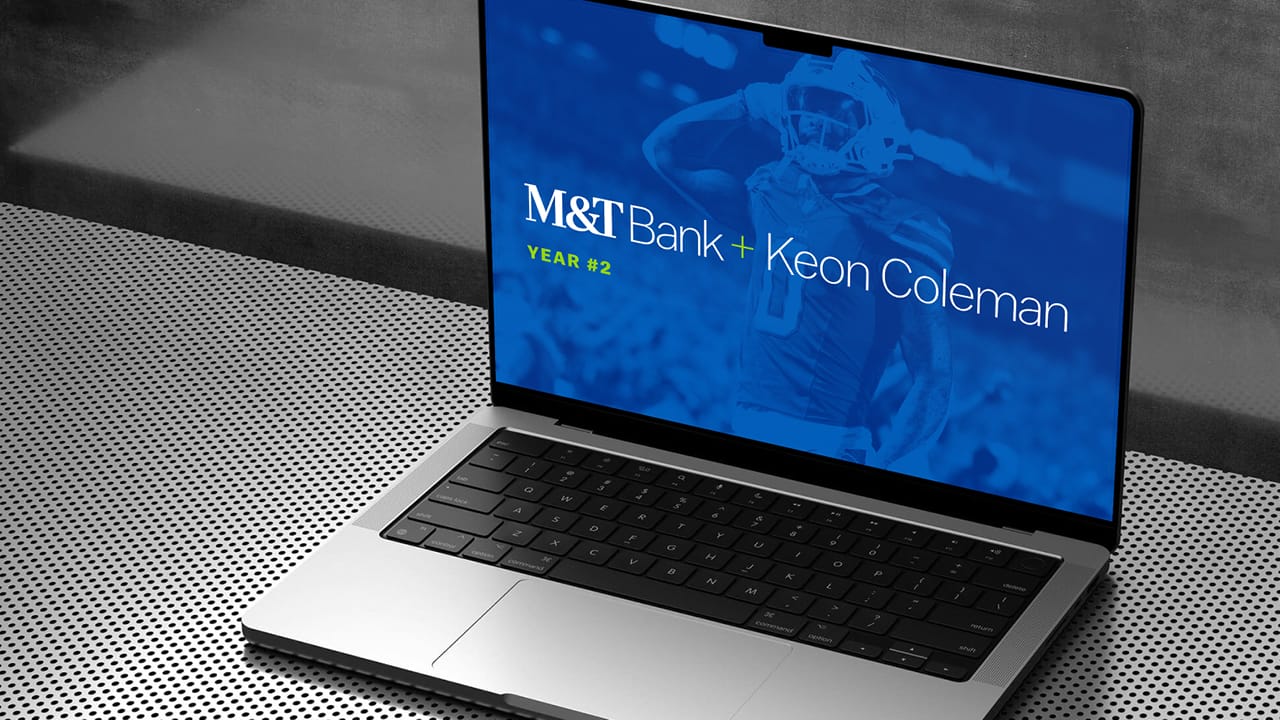Five pieces of advice when considering an athlete partnership.
We’ve been activating athlete partnerships on behalf of our clients for more than a decade, and in that time, I’ve learned a lot about what works, what doesn’t, and how to get the most out of your investment.

1. Athlete partnerships can work for almost any budget – or industry. If done right.
While I can’t share specifics on player compensation, I can say this: Athlete partnerships may be more affordable than you think, especially if you get an athlete at the right time in their career. For example, before a contract extension year, athletes may be more motivated to partner with brands that increase their visibility in that market.
In our experience, everything is up for negotiation. Even if you don’t have a huge budget, sell what your brand can do for them. Maybe you’re a well-established brand in the local community, and what the athlete is looking for is to be more relatable in the market where they play – use that to your advantage. Comp isn’t always the only benefit on the table.
Also, gone are the days when you need a tremendous media budget for your audience to see your message. Especially for brands with a social-first approach, athlete partnerships can really help you punch above your weight.

This brings me to lesson two.
2. Start with the right person, then build the ideas.
You don’t need a big production budget to make engaging content. But you do need a big personality – or at least it helps. A good example of this is when our client, AAA Western and Central New York, invested in Dion Dawkins. He’s someone who can show up, be himself, and deliver, scoring them way more content on a single shoot day than a player who needs a lot of coaching.
Be honest with yourself about who you’re getting and plan around that. Are they funny? Then don’t expect them to be serious on shoot day. And likely whatever you are expecting from them, you’ll get 50% of that. This is a crucial lesson when building schedules for these types of engagements.
Oh, and they’ll likely be late. But that’s show business, baby.
3. Find ways to join conversations that are already happening.
If I could give any marketer reading this one piece of advice, it would be this: Leave room in your budget to lean into real-time moments. This is something we’ve become really good at as an agency, but it takes having a client that sees the value and a budget that plans for it in advance. One recent example of this was when “Let James Cook” became a mid-season rallying cry for Buffalo Bills fans celebrating running back James Cook’s success. We saw this as an opportunity to engage with fans in a meaningful way, by literally letting James cook outside of an M&T Bank branch, surprising customers with a free Victory Monday lunch.
Some of our clients’ highest-performing content has come from moments like this. But – and I can’t stress this enough – you have to move at the speed of pop culture if you want to make moments like this work for your brand.
4. Look for ideas that work in more than one way.
Always ask yourself if the content you’re creating can serve a dual purpose. A stunt that you film? Now you have an in-person activation and content to share. Like this video where Zay Flowers surprises fans with a flower cart at the bank branch.
5. Risk is the cost of entry, but always have a plan B.
At any time, your player can get injured, have a bad season, or do something unlikable. As much as their image can elevate your brand, it can also tarnish it. It’s crucial to consider this fact and be honest with yourself if the overall budget can absorb something going wrong. Having a high-level plan to pivot before you ever need it will help you sleep at night (just trust me on this one).
Sports aren’t going anywhere.
In fact, sports viewership is at an all-time high. So if you’ve been considering an athlete partnership – or overall fan engagement strategy – now’s the time to get your brand in the game. And we have just the team to help.
